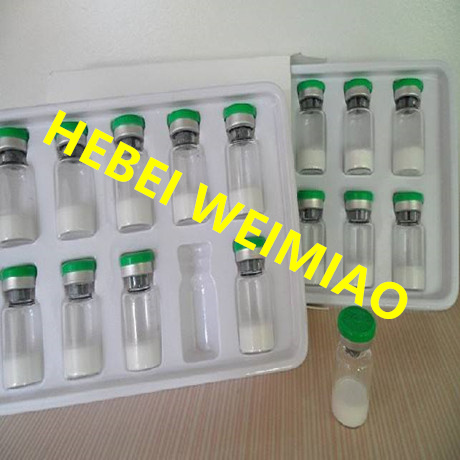
- +86-13363869198
- weimiaohb@126.com

Dec . 31, 2024 04:10 Back to list
Synthesis and Applications of 2,4-Dichloropyridine in Organic Chemistry Research
2,4-Dichloropyridine An Overview of its Properties and Applications
2,4-Dichloropyridine, with the chemical formula C5H3Cl2N and the CAS number 26452-80-2, is an important heterocyclic compound in the field of organic chemistry. It consists of a pyridine ring that is substituted at the 2 and 4 positions with chlorine atoms. This compound features a unique arrangement of atoms that imparts specific chemical and physical properties, making it valuable in various applications, particularly in the agricultural and pharmaceutical industries.
Physical and Chemical Properties
2,4-Dichloropyridine is a colorless to light yellow liquid at room temperature with a boiling point of approximately 153 °C. Its density is around 1.25 g/cm³, and it has a moderate solubility in water, while being more soluble in organic solvents such as ethanol and acetone. The presence of chlorine substituents significantly influences its reactivity, making it a useful intermediate in various chemical syntheses.
The compound possesses an aromatic ring structure, which contributes to its stability and reactivity. The electronegative chlorine atoms can participate in nucleophilic substitution reactions, making 2,4-dichloropyridine a versatile building block for the design and synthesis of more complex molecules.
Applications in Agriculture
One of the most notable applications of 2,4-dichloropyridine is as an intermediate in the synthesis of herbicides. It plays a crucial role in the development of various agricultural chemicals that help manage weed populations and enhance crop yields. The ability of this compound to inhibit specific enzymes and pathways in weeds allows for effective control, minimizing competition for resources among crops.
Notably, it is often used in the formulation of products designed to target specific weed species while being safe for crops. This selectivity is crucial for sustainable agricultural practices, as it helps to preserve biodiversity and reduce the reliance on broad-spectrum herbicides that can harm beneficial flora and fauna.
2,4-dichloropyridine cas 26452-80-2

Pharmaceutical Applications
Besides its agricultural uses, 2,4-dichloropyridine is also recognized for its role in the pharmaceutical industry. It serves as a key intermediate in the synthesis of various therapeutic compounds, including antihypertensives, antimicrobials, and anti-inflammatory drugs. The strategic placement of chlorine atoms on the pyridine ring can enhance the biological activity of certain compounds, making them more effective in treating various medical conditions.
Researchers continually explore new applications for 2,4-dichloropyridine derivatives, seeking to develop innovative drugs that leverage its chemical properties. The compound’s ability to interact with biological systems positions it as a promising candidate for drug discovery and development.
Safety and Environmental Considerations
While 2,4-dichloropyridine possesses valuable applications, it is essential to consider its safety and environmental impact. The compound may be harmful if ingested or inhaled and can cause irritation to the skin and eyes. Therefore, it is crucial for manufacturers and users to adhere to appropriate safety guidelines when handling this substance.
Environmental concerns also arise from the potential for this chemical to persist in ecosystems. It is important for researchers to explore degradation pathways and environmental fate to ensure that its use does not lead to long-term ecological damage. Regulatory frameworks often dictate the permissible levels of such compounds in agricultural practices, aiming to strike a balance between agricultural productivity and environmental safety.
Conclusion
2,4-Dichloropyridine is a multifaceted compound with significant roles in both agriculture and pharmaceuticals. Its unique chemical properties allow it to function as an important intermediate, leading to the development of various useful products. As research continues to advance, the exploration of innovative applications for 2,4-dichloropyridine derivatives may yield new breakthroughs that benefit society while carefully addressing safety and environmental concerns. Through responsible management of such chemicals, the industry can maximize their benefits while mitigating potential risks.
-
GHRP-2 (158861 67 7) Peptides for Fat & Muscle Gain
NewsAug.06,2025
-
GS-441524 for White Liquid Factories: Boost Efficiency & Purity
NewsAug.04,2025
-
Premium Pharma Intermediates | AI-Optimized Synthesis
NewsAug.03,2025
-
GS-441524 White Liquid Production for Factories | AI-Optimized
NewsAug.02,2025
-
AI-Optimized CAS: 79099-07-3 Factories for High Yield
NewsAug.01,2025
-
Pharmaceutical Intermediates - AI-Optimized Synthesis & Purity
NewsJul.31,2025